Non-White, the Majority Population in the ‘Racial Democracy’ of Brazil
By Staff
MercoPress

Brazil: a country of acute income disparity where the richest 10% gain 44.5% of total income (Photo: Folha de S. Paulo).
For the first time, non-white people make up the majority of Brazil’s population, according to preliminary results of the 2010 census. Out of around 191 million Brazilians, 91 million identified themselves as white, 82 million as mixed race and 15 million as black.
Whites fell from 53.7% of the population in 2000 to 47.7% last year. The once-a-decade census showed rising social indicators across Brazil as a result of economic growth, but also highlighted enduring inequalities.
The census was conducted by the Brazilian Institute of Geography and Statistics, IBGE.
“It is the first time a demographic census has found the white population to be below 50%” it said in its report.
The number of people identifying as black rose from 6.2% to 7.6%, while the number saying they were of mixed race rose from 38.5% to 43.1%.
Among minority groups, 2 million Brazilians identified themselves as Asian, and 817,000 as indigenous.
Much of the census data released reflects the progress Brazil during a decade of sustained economic growth and government policies aimed at reducing poverty.
Between 2000 and 2010: Adult illiteracy fell from 13.6% to 9.6%, but in rural areas remains at 23.2%. Among children aged 10-14, illiteracy fell from 7.3% to 3.9%.
The proportion of children not attending school fell from 5.1% to 3.1%, the fertility rate fell from 2.38 children for each woman to 1.86 and access to mains drinking water, electricity and sanitation increased nationwide.
However ,while sanitation was available in 86.5% of southeast Brazil, in the northeast it was only in 45.2% and in the north less than 30%.
Of the 190.7-million population, 84.4% live in big cities and almost 40% of families are headed by women.
An interesting piece of information is that almost half a million Brazilians, 491,645 live overseas. But both IBGE and the ministry of Foreign Affairs believe the number is much higher.
However, in almost all fields of human development the census revealed enduring inequalities between north and south Brazil, between urban and rural areas, and between rich and poor.
The IBGE highlighted “acute income disparity” in Brazil, with the richest 10% of the population gaining 44.5% of total income compared to just 1.1% for the poorest 10%.
It said more than half of the population earned less than the minimum wage and, on average, white and Asian Brazilians earned twice as much as black or mixed-race Brazilians.
Brazil is one of the most ethnically-diverse countries in the world and many Brazilians regard their nation as a “racial democracy” where there is little overt racism.
Nonetheless black Brazilians – the descendants of African slaves brought over during Portuguese colonial rule – are much more likely to be poor and rarely reach the top levels of business or politics.
Source: MercoPress
Read: Human Rights Abuses in Brazil’s Favelas Ahead of World Cup and Olympics
Favela Rocinha Occupation by Haiti-Trained Troops, Photo Essay

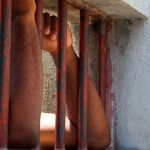
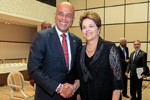
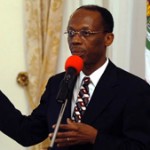

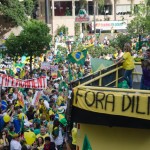
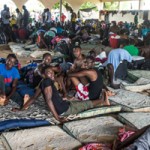
Comments
Non-White, the Majority Population in the ‘Racial Democracy’ of Brazil — No Comments